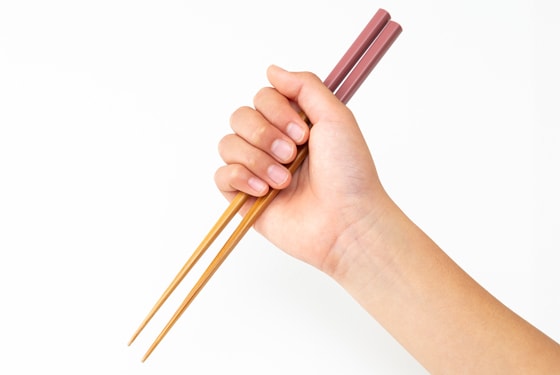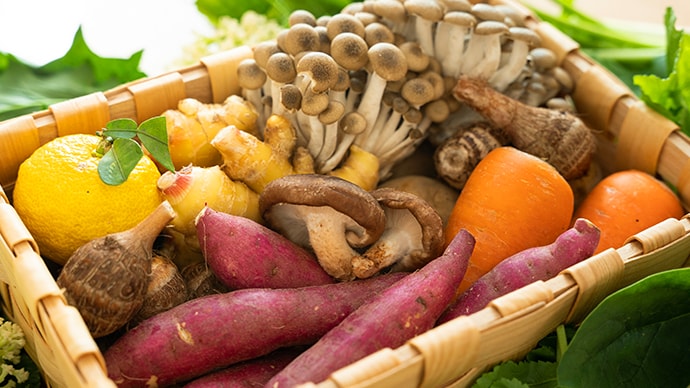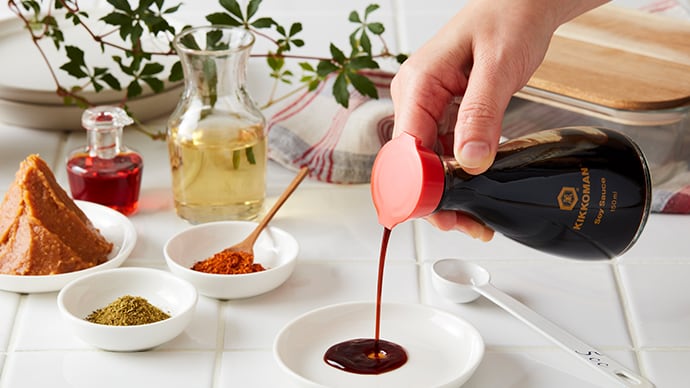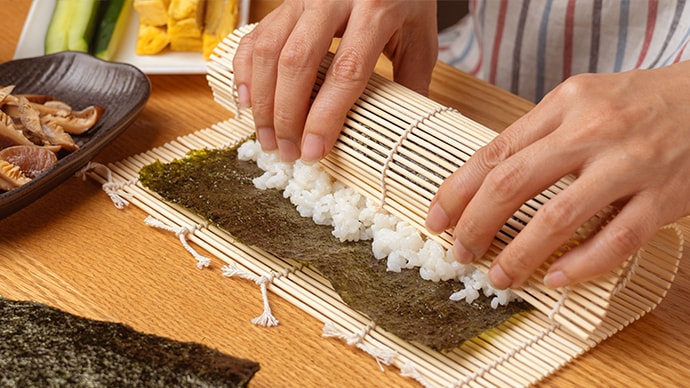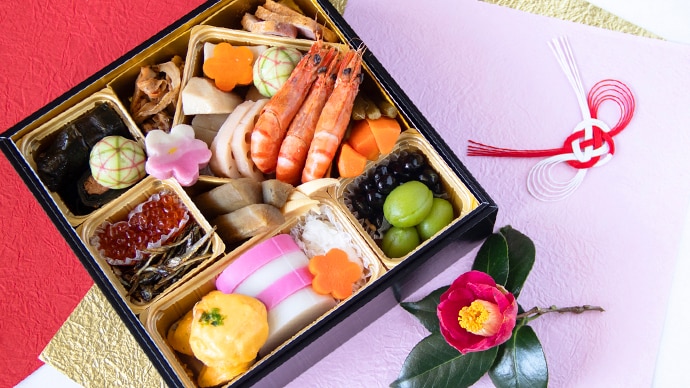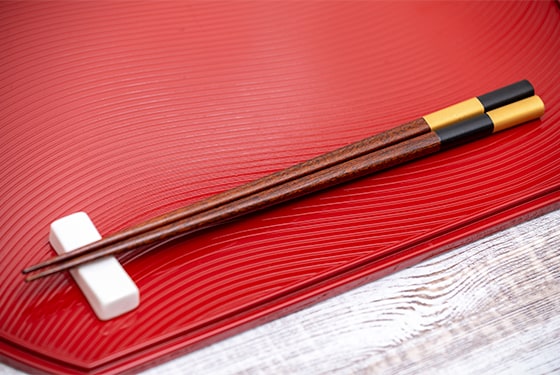
A pair of two slender sticks used as utensils, essential for eating and cooking Japanese food
What are chopsticks?
Chopsticks / o-hashi (お箸 in Japanese) are a pair of slender sticks used widely across East Asia to scoop, grab, split, poke, cut, mix, press, or otherwise bring food to your mouth. Chopsticks for eating are called ohashi ("o" is added to make the word polite) in Japanese. They are primarily made of wood in Japan, though bamboo and plastic ones are also common.
In addition, chopsticks are a must when arranging or cooking Japanese food. There are many different kinds of chopsticks used for different purposes:
- Cooking Chopsticks / Saibashi
Saibashi are long, wooden or bamboo chopsticks that can be used in all kinds of cooking such as mixing seasonings or batter, dressing foods, and stir-frying. They are about 30 cm (12 in.) in length to keep your hands away from the heat.
- Serving Chopsticks / Manabashi
Manabashi are about 18 cm (7 in.) in length and are used to place and lay out food such as sashimi on serving plates. The tip of each chopstick is pointed, and they are primarily made out of metal or bamboo. Bamboo is recommended when plating on lacquerware or other delicate tableware.
- Frying Chopsticks / Agebashi
Agebashi are used when cooking deep-fried foods. The tips are made of metal so they will not absorb oil, and the grips are designed not to heat up.
History
China, Korea, Singapore, Vietnam, Thailand, and other countries that eat rice use chopsticks, but Japan is the only country that uses chopsticks alone at mealtime. Other countries use spoons alongside chopsticks.
Korea uses stainless steel chopsticks for eating, and Chinese chopsticks are consistent in thickness from one end to the other.
When setting a table, Japanese people set their chopsticks horizontally, while other countries set them vertically.
Occasions related to chopsticks
When babies in Japan reach 100 days old, there is a custom called ”okuizome” where an infant is made to pretend eating with “iwaibashi” (festive chopsticks) in the hopes that they will not have trouble eating in the future. These festive chopsticks are also used during ceremonies like weddings or New Year's. They are made of wood from the willow tree, narrowing at both tips. Willow trees are evergreen and never wither, so they are considered good omens. It is believed that the two ends of iwaibashi are thin because one end is for human use and the other end is for the gods’ use.
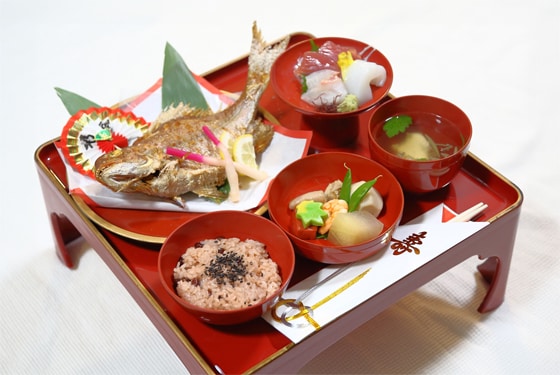
Trivia
There are a few things that are taboo in Japan when using chopsticks. Below are a few examples.
- Hovering
Leaving your chopsticks hovering over the food indecisively, unsure what to eat.
- Gripping
Holding both chopsticks together in a tight grip.
- Pointing
Using your chopsticks to point at people or things.
- Chewing
Biting or chewing the tips of your chopsticks.
- Standing
Standing your chopsticks straight up in your rice.
